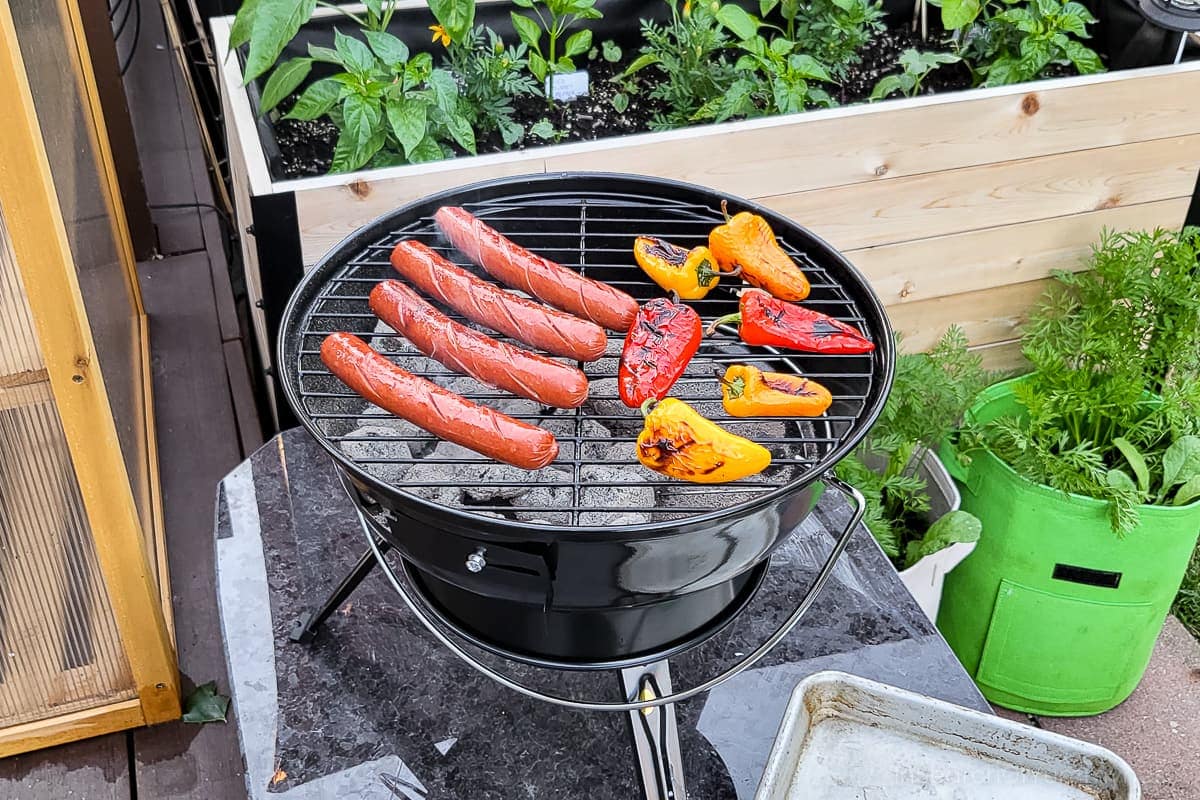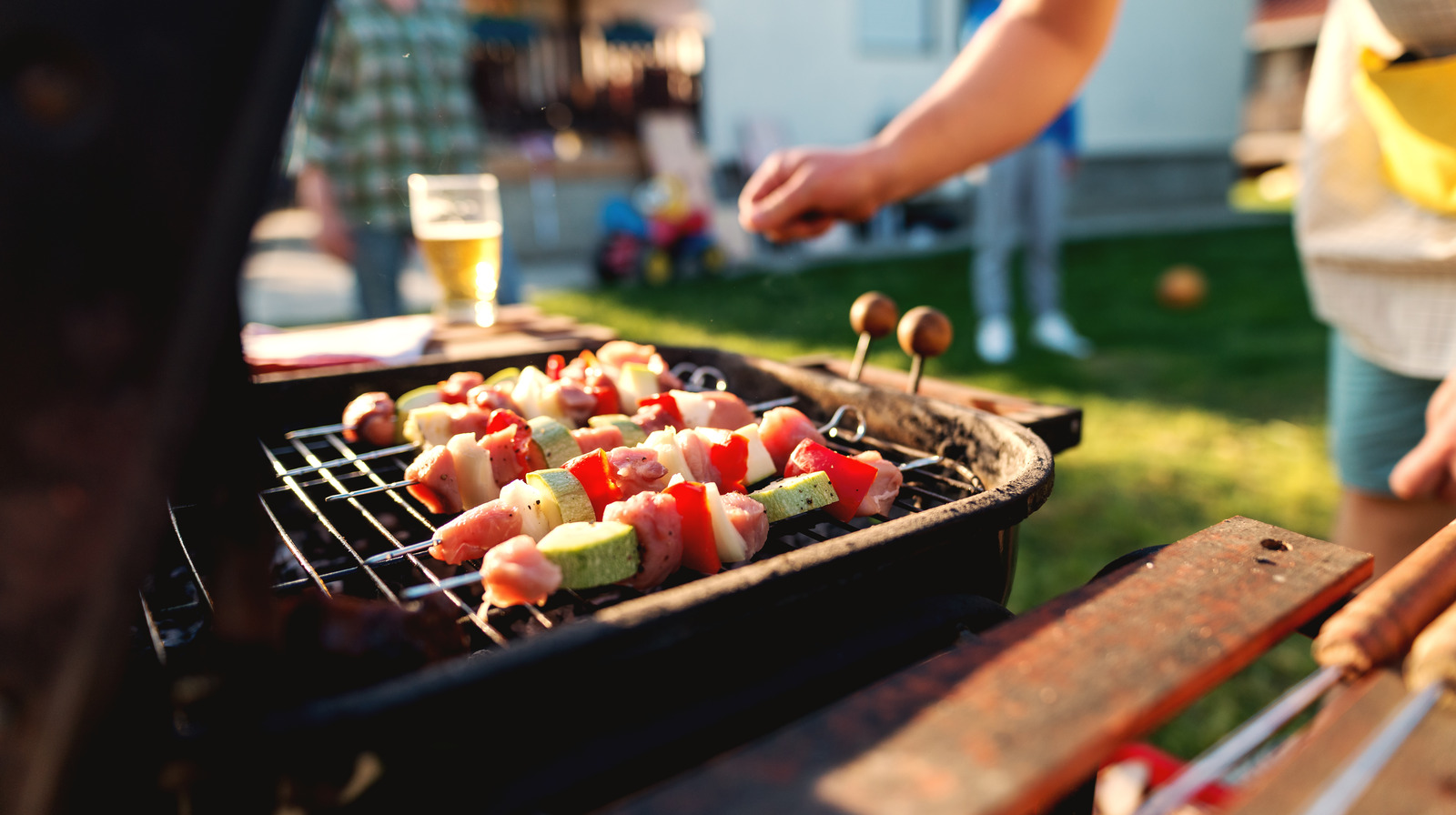Mastering the Art of Low and Slow: How to Cook Low and Slow on a Charcoal Grill
Written By James Morgan
Welcome, barbecue enthusiasts! If you're eager to elevate your grilling skills and want to learn how to cook low and slow on a charcoal grill, you've come to the right place. Cooking low and slow is an artistry that requires patience, the right equipment, and some essential know-how. This guide will walk you through the steps you need to perfect low-and-slow cooking techniques on a charcoal grill.

Why Choose Low and Slow?
Low and slow cooking is synonymous with mouth-watering tenderness and rich, complex flavors. Unlike high-heat grilling, which sears the meat's exterior, low and slow cooking slowly brings out the meat's natural juices, resulting in a moist and tender texture. This method benefits smoking meat, barbecue techniques, and charcoal grilling. Whether you're preparing ribs, brisket, or even a whole chicken, this technique ensures that your food will be the star of any BBQ gathering.

Essential Tools for Low and Slow Cooking
Before diving into the nitty-gritty of how to cook low and slow on a charcoal grill, it's crucial to gather the right tools. Here's what you'll need:
Ingredients
- High-quality charcoal: Opt for hardwood lump charcoal as it burns longer and cleaner.
- Wood chips: Using wood chips like hickory or applewood will add extra flavor.
- Meat: Choose robust cuts like brisket, pork shoulder, or ribs.
- Seasonings: Don't skimp on spices and marinades to tenderize and flavor the meat.
Cookware
Barrel Charcoal Grill: Ideal for low and slow cooking due to its large cooking area. This type of grill allows for better heat management and offers excellent airflow control.
Kettle 22-Inch Charcoal Grill: Another versatile option, the kettle grill is perfect for those just starting on their low and slow journey.
Knife Set: High-quality knives are essential for prepping your meat and trimming excess fat.
Grill Setup and Preparation
Setting up your charcoal grill for low and slow cooking involves more than simply lighting a fire. Here's a step-by-step guide to getting it right:
The Two-Zone Fire
Creating a two-zone fire is essential for low and slow cooking. One side of your grill should be the hot zone where the charcoal is piled, while the other side remains the cool zone with no charcoal. This setup allows you to control the temperature more effectively, letting your meat cook slowly and evenly.
1. Pile your charcoal on one side of the grill. If you're using a barrel charcoal grill, it has ample space for a larger pile.
2. Light the charcoal using a chimney starter for even ignition.
3. Once the charcoal is lit and ashed over, spread it out in the hot zone.
4. Place a drip pan filled with water in the cool zone to maintain humidity and collect drippings.
Managing Temperature
Maintaining a steady temperature between 225F to 250F is crucial for low and slow cooking. Use the built-in vents on your kettle charcoal grill or barrel grill to regulate airflow. Adjusting these vents will allow you to control the heat precisely. Open the vents for more heat, and close them to lower the temperature.
The Role of Wood Chips
Adding soaked wood chips to your hot charcoal can elevate the taste of your meat significantly. Experiment with different types like hickory, applewood, or pecan to discover your preferred flavor profile. Remember to soak your wood chips in water for about 30 minutes to avoid fast burning. For more insights, check out this guide on smoking with a charcoal grill.

Preparing the Meat
Preparation is just as important as the cooking process. Here are some steps to prep your meat for the perfect low and slow cook.
Trimming
Using your knife set, trim any excess fat from your meat. While some fat is necessary for flavor, too much can lead to flare-ups and uneven cooking.
Seasoning
Season your meat liberally with your favorite dry rub or marinade. Allow the meat to absorb the flavors by refrigerating it for a few hours or overnight.
Letting it Rest
Take the meat out of the refrigerator at least an hour before cooking to bring it to room temperature. This allows for more even cooking and helps in maintaining desired internal temperatures.

The Cooking Process
Once your grill is set up and the meat is prepped, it's time to start cooking. Patience and vigilance are crucial here.
Placing the Meat
1. Position your meat directly over the drip pan in the cool zone.
2. Close the lid quickly to maintain the temperature.
Monitoring Temperature
Throughout the cooking process, keep a close eye on the temperature. Use a grill thermometer to monitor the internal temperature of the meat and the ambient grill temperature. Consistency is key; frequent fluctuations can result in uneven cooking. For more on monitoring techniques, check out this guide.
Adding Charcoal and Wood Chips
Cooking low and slow requires a sustained heat source. Periodically add more charcoal and wood chips to maintain the temperature and smoke levels. Using tongs, carefully place additional lit charcoal onto the existing pile, and sprinkle soaked wood chips as needed.
Finishing Touches
Once your meat reaches its desired internal temperature, usually around 195F to 205F for tougher cuts, it's time to pull it off the grill.
Resting the Meat
Allow your meat to rest for at least 30 minutes before carving. This resting period lets the juices redistribute within the meat, resulting in more succulent and flavorful bites.
Slicing
Always slice against the grain to preserve tenderness. Use a sharp knife from your knife set for the cleanest cuts.
Cleaning Up
After an entire day of grilling, the cleanup process is just as crucial:
- Use a stainless steel cleaner to clean your grill grates thoroughly.
- Maintain your wooden cutting boards with a cutting board conditioner.
For more tips on perfecting your grilling skills, check out this beginner's guide to grilling and how to cook bacon wrapped sirloin.
As an Amazon Associate, I earn from qualifying purchases.



